
HVAC Air Diffuser: Enhancing Indoor Air Distribution and Comfort
- By:hqt
- 2023-10-20
- 29
HVAC is an acronym for Heating, Ventilation, and Air Conditioning, encompassing a technology employed to manage indoor environments in buildings, guaranteeing comfort, safety, and air quality.
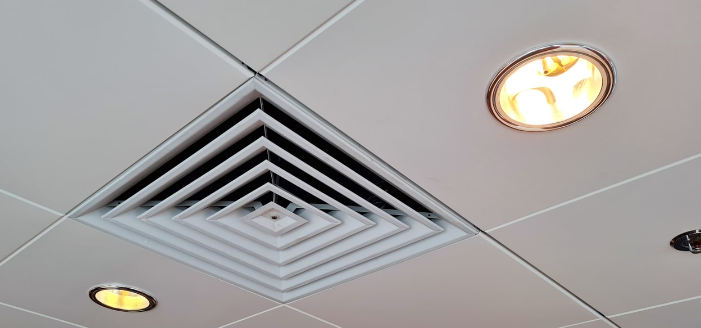
These HVAC systems hold immense importance across diverse settings, spanning residential, commercial, and industrial structures, as they are pivotal in the upkeep of desired indoor temperature, humidity levels, and efficient air circulation. Within HVAC systems, the HVAC air diffuser is an indispensable component, playing a pivotal role in the uniform distribution of conditioned air throughout a building.
What is the Air Diffuser?
Definition and Core Purpose
Air diffusers constitute essential elements within HVAC systems, purpose-built to efficiently and effectively disseminate conditioned air within indoor spaces. Their central mission is to govern the flow of air from the HVAC system into inhabited regions, ensuring uniform distribution while preserving indoor comfort levels. Air diffusers serve pivotal roles in the following facets:
- Air Dispersion: Air diffusers skillfully disperse conditioned air, diminishing temperature stratification, drafts, and the erratic dispersion of cooling or heating. They are instrumental in achieving a consistent and comfortable indoor atmosphere.
- Air Quality Enhancement: Well-designed diffusers contribute to the enhancement of indoor air quality by facilitating adequate air circulation, thus facilitating the removal of contaminants, odors, and suspended particles.
- Noise Mitigation: Many air diffusers incorporate noise-mitigating features, effectively curbing the noise associated with airflow from HVAC systems. This, in turn, fosters a tranquil and serene living or working environment.
Diverse Varieties of Air Diffusers
An array of air diffuser types exists, tailored to accommodate varied HVAC system configurations and architectural preferences. Several commonplace air diffuser types include:
- Ceiling Diffusers: These diffusers are commonly mounted in ceilings, representing one of the most prevalent types. Their mission is to channel conditioned air downward into the room, crafting a comfortable airflow pattern.
- Linear Diffusers: Distinguished by elongated slots or apertures, linear diffusers find favor in modern and architectural settings for their unobtrusive appearance and efficient air distribution.
- Slot Diffusers: Slot diffusers feature elongated slots that permit adjustable airflow patterns. Their adaptability renders them suitable for diverse room layouts.
- Floor Diffusers: Positioned typically at or near ground level, floor diffusers are frequently deployed in underfloor air distribution systems. They deliver efficient heating and cooling while maintaining airflow proximity to the floor.
- Displacement Diffusers: Displacement diffusers dispatch conditioned air at low velocities near the floor. As warmer air naturally ascends, it displaces cooler air within the room, fostering a comfortable convection pattern.
- Perforated Diffusers: These diffusers bear small holes or perforations across their surface. They are often chosen for spaces requiring a more subtle and uniform distribution of conditioned air.
The construction of air diffusers entails meticulous engineering to attain the desired airflow patterns, noise abatement, and aesthetic attributes. Many diffusers incorporate features such as adjustable blades or dampers to govern airflow direction and volume, further enhancing their functionality within HVAC systems.

Enhancing Indoor Air Distribution with HVAC Air Diffusers
Ensuring Consistent Air Dispersion
The HVAC air diffuser plays a central role in optimizing indoor air distribution by ensuring the even spread of conditioned air throughout a space. This uniform distribution is instrumental in maintaining a steady temperature and promoting comfort within the room. Without air diffusers, HVAC system airflow might create localized areas of warmth or cold, leading to discomfort and inefficiency.
Mitigating Temperature Variations
Air diffusers are essential in mitigating temperature variations, particularly hot and cold spots, within a room. By effectively guiding conditioned air, they prevent temperature stratification and minimize the emergence of areas with significantly differing temperatures. This function is particularly critical in larger spaces or rooms with multiple windows and varying thermal influences.
Preserving Optimal Airflow Velocity
Properly designed air diffusers are instrumental in maintaining the ideal airflow velocity within a room. Excessive airflow can result in discomfort and drafts, while inadequate airflow can lead to stagnant and uncomfortable conditions. Air diffusers are meticulously engineered to regulate the velocity of conditioned air, ensuring it reaches occupants at a comfortable and consistent speed.
Significance of Strategic Diffuser Placement
The placement of air diffusers within a space holds paramount importance in achieving efficient indoor air distribution. Strategic diffuser placement takes into account factors such as room layout, furniture arrangement, and the positioning of heat sources or cooling loads. When diffusers are positioned thoughtfully, they can maximize the effectiveness of HVAC systems, minimize energy consumption, and create a more comfortable environment for occupants.
Influence of HVAC Air Diffusers on Indoor Comfort
Creating Thermally Comfortable Environments
- Perceived Temperature Enhancement: Air diffusers significantly contribute to achieving thermally comfortable indoor environments by ensuring an even distribution of conditioned air. This uniform airflow helps maintain a consistent perceived temperature throughout the space, reducing discomfort caused by temperature variations.
- Draft Mitigation: Another crucial aspect of air diffusers is their role in mitigating drafts. They facilitate the gentle and controlled release of conditioned air, minimizing the occurrence of uncomfortable drafts or sudden changes in temperature within the room.
Enhancing Acoustic Comfort
- Noise Reduction from HVAC Systems: Air diffusers are instrumental in enhancing acoustic comfort by reducing noise levels generated by HVAC systems. Their design and features help attenuate the sound of rushing air, creating a quieter and more serene indoor atmosphere.
- Impact on Ambiance: Beyond noise reduction, air diffusers can positively influence the overall ambiance of a space. Their unobtrusive or aesthetically pleasing designs can contribute to a tranquil and pleasant environment, promoting a sense of well-being among occupants.
Improving Air Quality
- Enhanced Air Circulation: Air diffusers play a crucial role in improving indoor air quality by enhancing air circulation. They help minimize stagnant areas where air can become stale and prone to pollutant buildup. This promotes a healthier breathing environment.
- Dispersing Pollutants and Contaminants: Properly positioned air diffusers aid in dispersing pollutants and contaminants within a space. By promoting consistent airflow, they assist in the dilution and removal of airborne particles, allergens, odors, and other indoor pollutants, contributing to better air quality.
HVAC Air Diffusers: Crucial Role in Elevating Indoor Air Distribution and Comfort
In conclusion, the HVAC air diffuser is an integral component of heating, ventilation, and air conditioning systems that play a pivotal role in enhancing indoor air distribution and comfort. These unassuming devices contribute to the creation of thermally comfortable environments by ensuring even airflow, mitigating drafts, and promoting consistent perceived temperatures. Air diffusers also make a significant impact on acoustic comfort by reducing noise levels from HVAC systems and contributing to a serene ambiance.
Furthermore, their influence extends to air quality improvements, as they enhance air circulation, minimize stagnant areas, and aid in dispersing pollutants and contaminants. By effectively addressing these aspects of indoor comfort, air diffusers contribute to creating healthier, more enjoyable, and more efficient indoor spaces in various settings, ranging from homes and offices to commercial and industrial buildings. Their thoughtful design and strategic placement are key to achieving optimal results, making them indispensable elements within HVAC systems dedicated to improving the well-being of occupants.
-
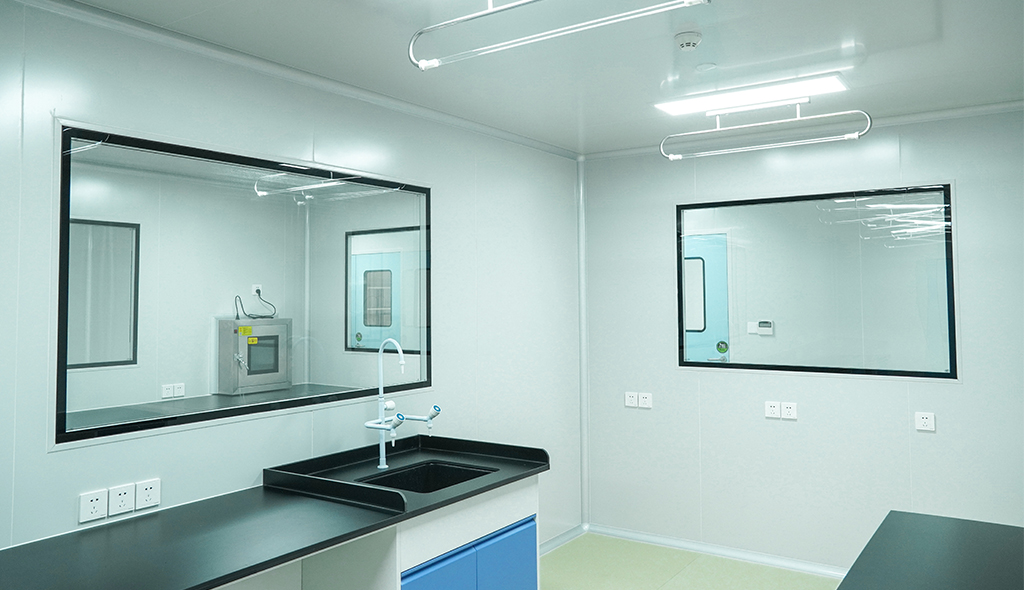 Cleanroom Glass Windows Are The Key to Maintaining a Clean Environment
Cleanroom Glass Windows Are The Key to Maintaining a Clean Environment -
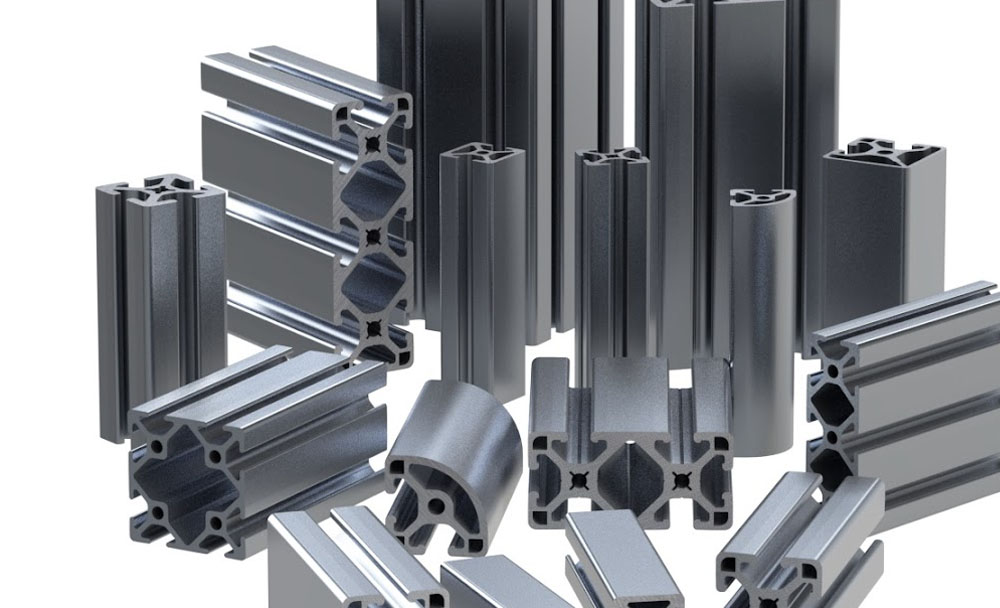 Top Aluminium Profile Manufacturers in China: Leading the Global Market
Top Aluminium Profile Manufacturers in China: Leading the Global Market -
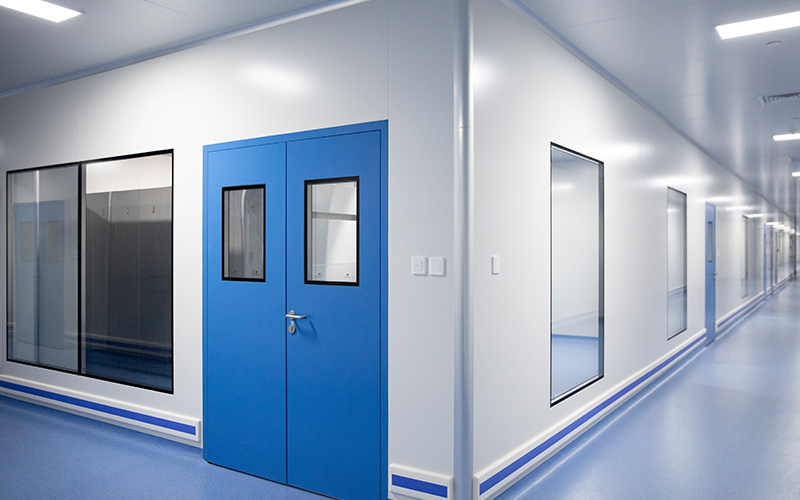 The Evolution of Air Tight Sliding Doors
The Evolution of Air Tight Sliding Doors -
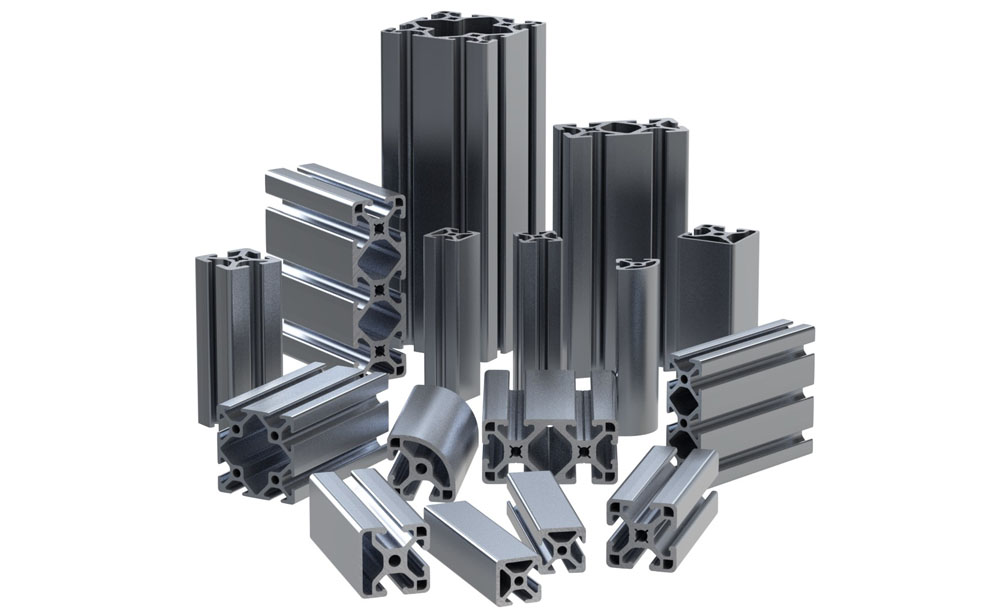 AHU Aluminium Profile: A Comprehensive Guide
AHU Aluminium Profile: A Comprehensive Guide -
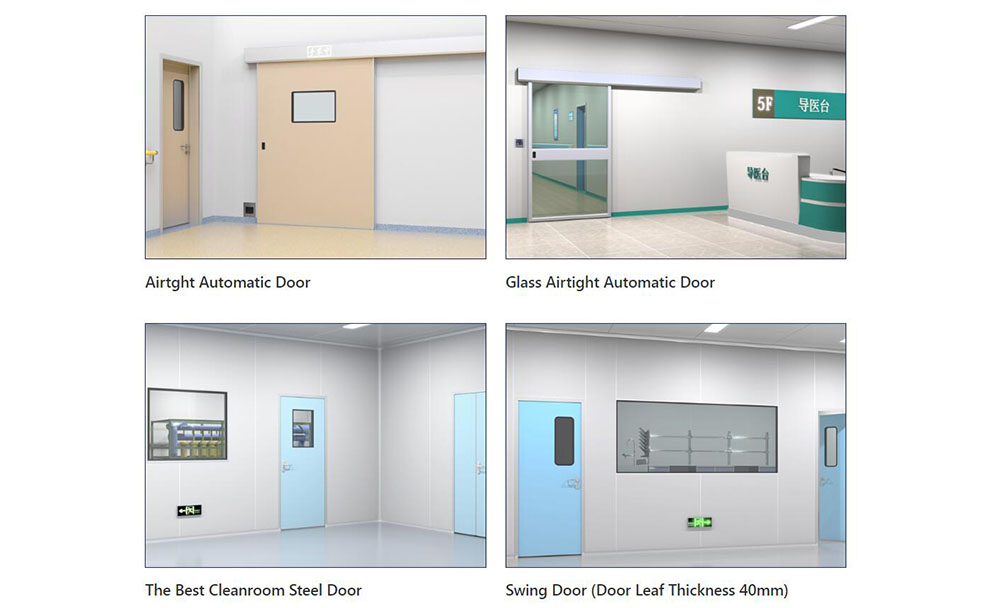 The Importance of Choosing the Right Cleanroom Door in Vietnam
The Importance of Choosing the Right Cleanroom Door in Vietnam -
 The Benefits of Hospital Automatic Doors: Enhancing Efficiency and Safety
The Benefits of Hospital Automatic Doors: Enhancing Efficiency and Safety -
.jpg) The Best Bathroom Door Manufacturers - Unlocking Endless Possibilities!
The Best Bathroom Door Manufacturers - Unlocking Endless Possibilities! -
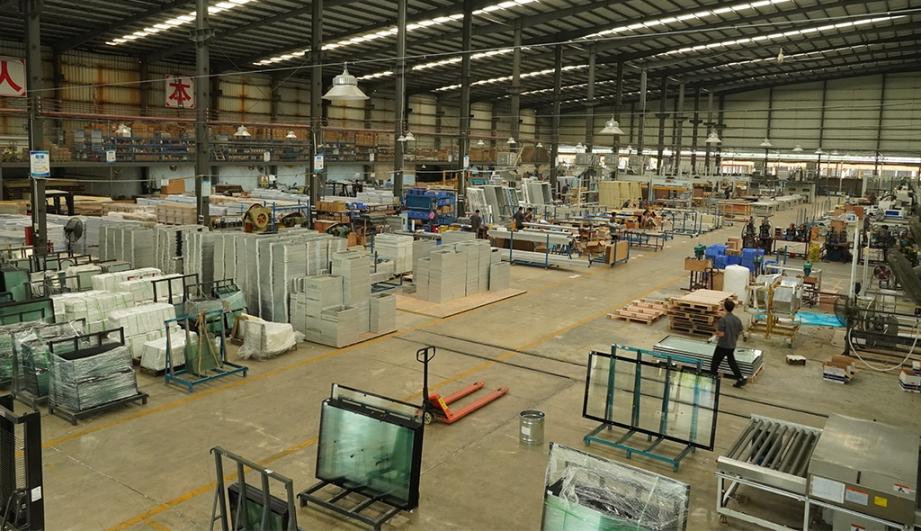 Unlock the Possibilities with AJ Manufacturing Doors
Unlock the Possibilities with AJ Manufacturing Doors -
 Make a Statement with Manufactured Home Interior Doors!
Make a Statement with Manufactured Home Interior Doors! -
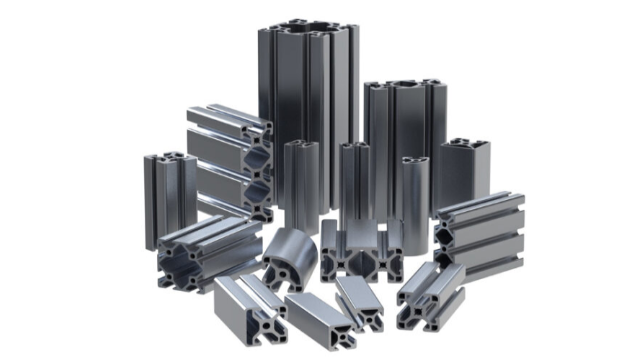 what is aluminum profile? Aluminum Profiles for Your Home is the best option
what is aluminum profile? Aluminum Profiles for Your Home is the best option
-
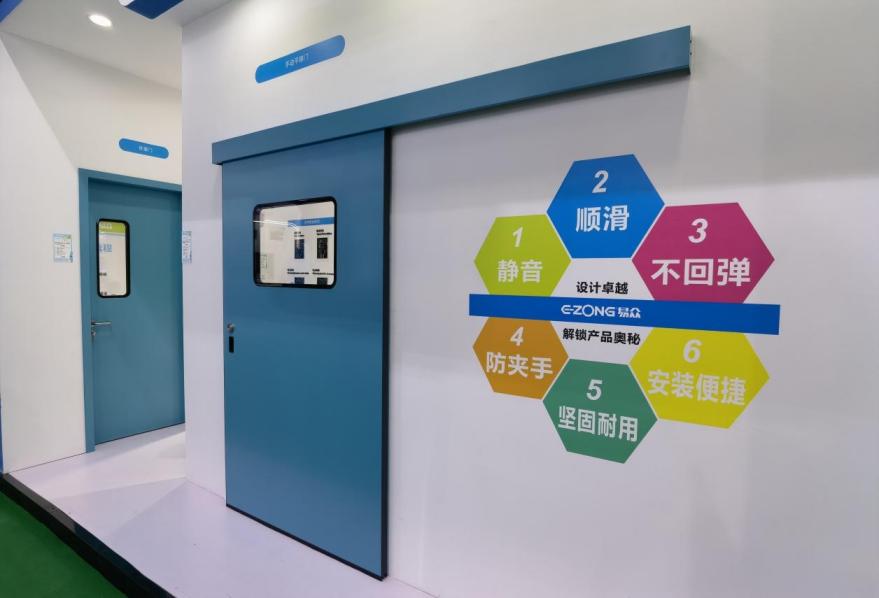 Guide to Doors Clean Room: Ensuring Contamination Control
Guide to Doors Clean Room: Ensuring Contamination Control -
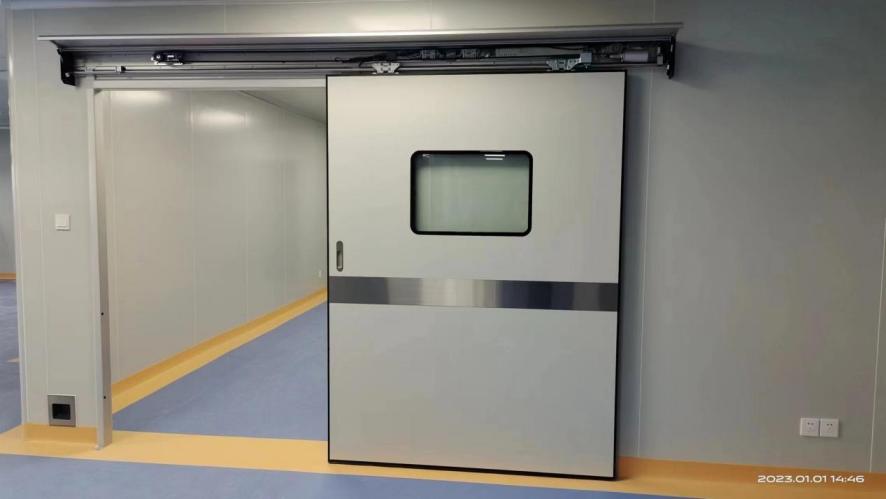 Introducing Guangdong Clean Room Aluminum Company: E-ZONG
Introducing Guangdong Clean Room Aluminum Company: E-ZONG -
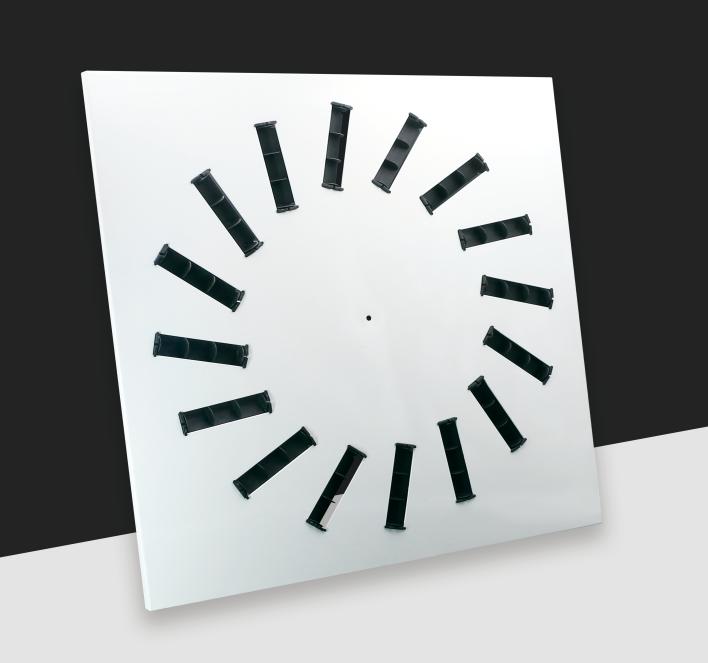 Cost-Effectiveness of Bulk Purchasing Air Diffuser
Cost-Effectiveness of Bulk Purchasing Air Diffuser -
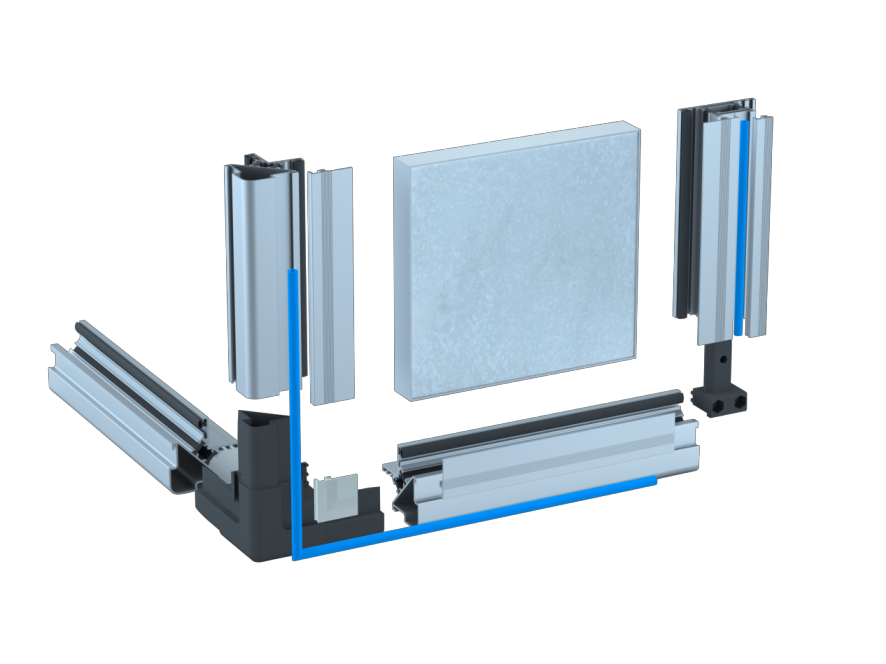 Makeup Air Handling Unit: Here to Know
Makeup Air Handling Unit: Here to Know -
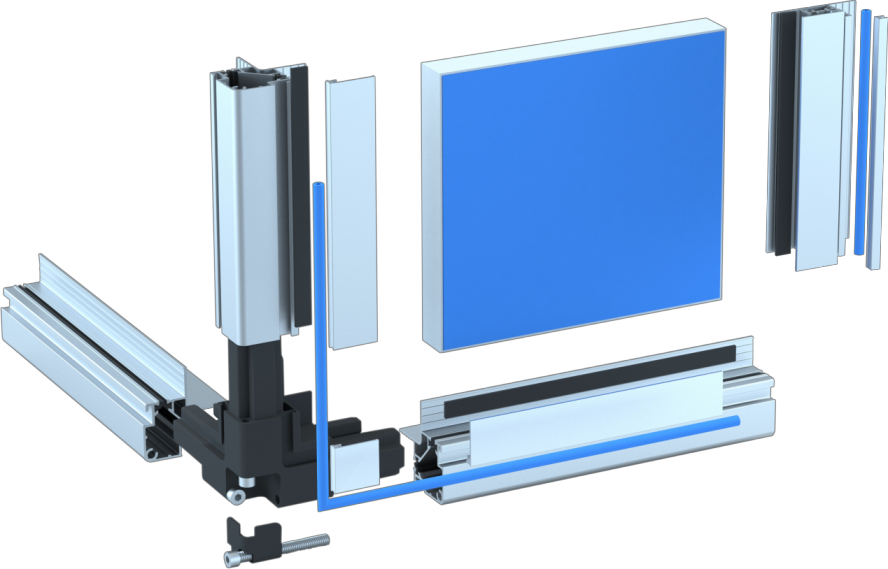 Customizing HVAC Systems Parts for Building Specific Needs
Customizing HVAC Systems Parts for Building Specific Needs -
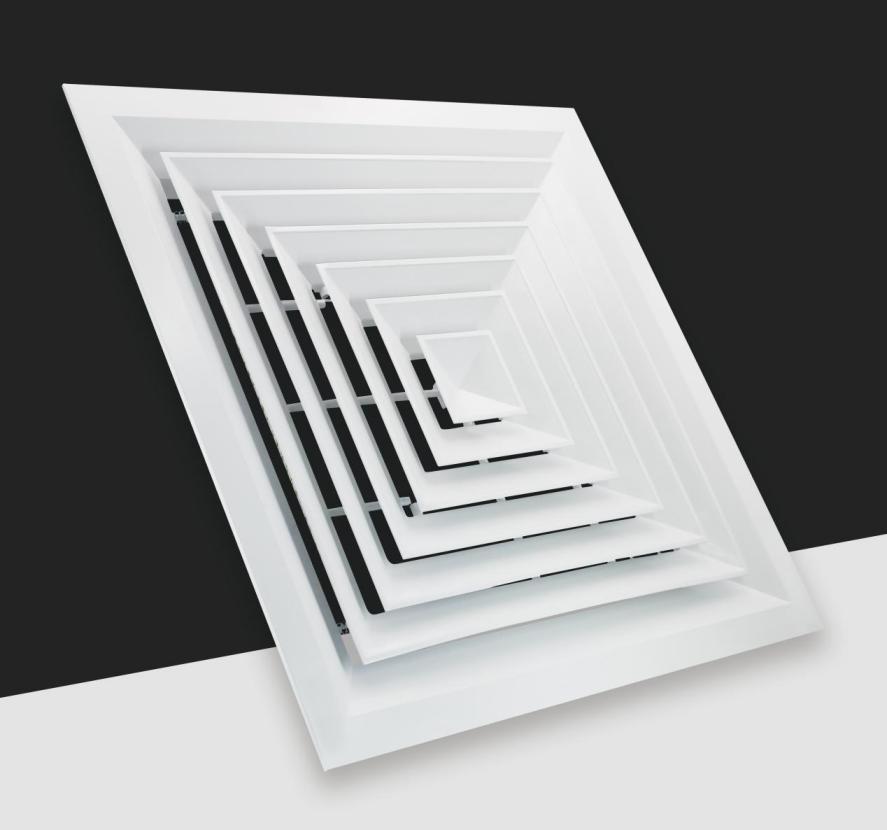 How Return Air Diffuser Enhances HVAC Efficiency for Your Projects
How Return Air Diffuser Enhances HVAC Efficiency for Your Projects -
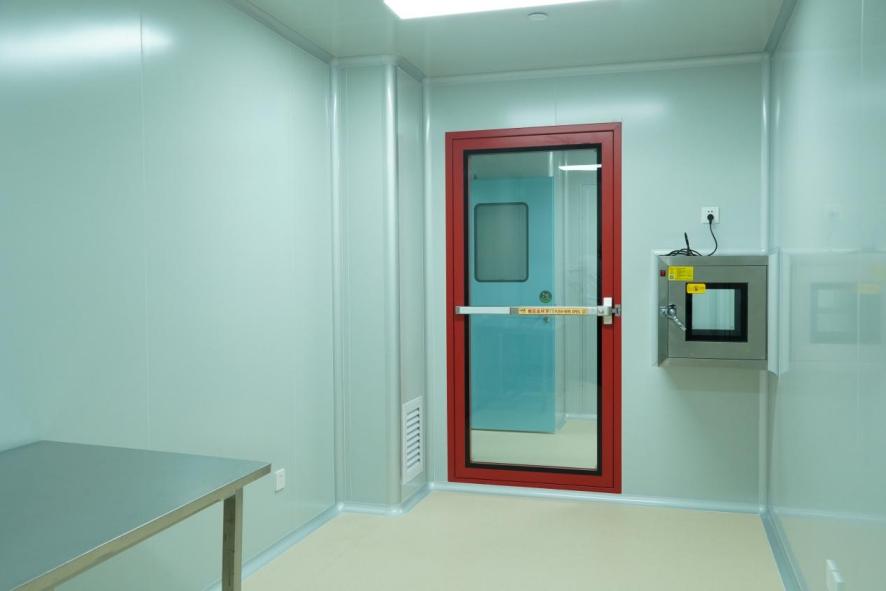 Exploring the Versatility of Swing Glass Door
Exploring the Versatility of Swing Glass Door -
 Choosing Quality: Why Linear Diffuser Grille is Essential in Modern Design
Choosing Quality: Why Linear Diffuser Grille is Essential in Modern Design -
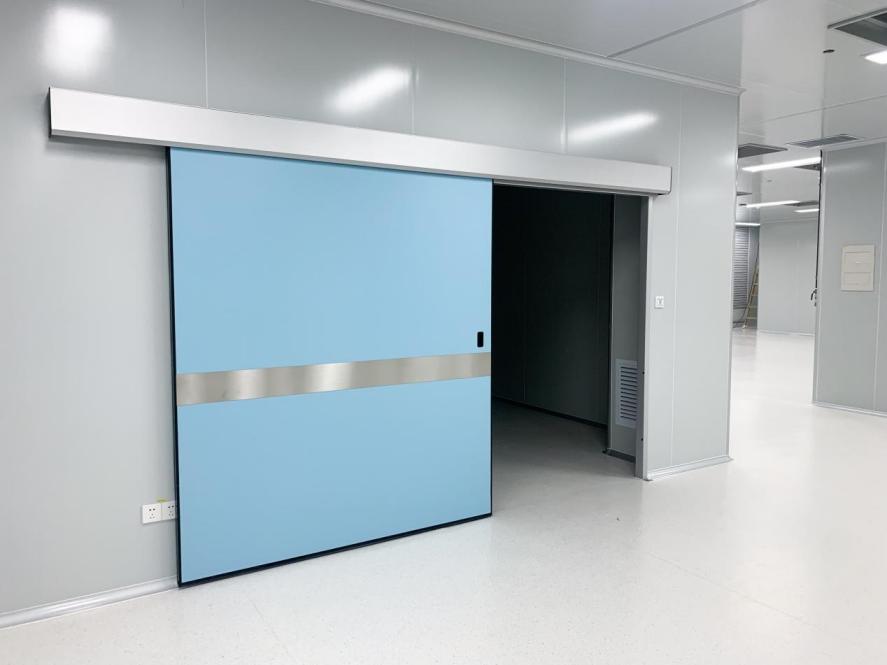 Introduction to Clean Room High Speed Doors: Let’s Dive into
Introduction to Clean Room High Speed Doors: Let’s Dive into -
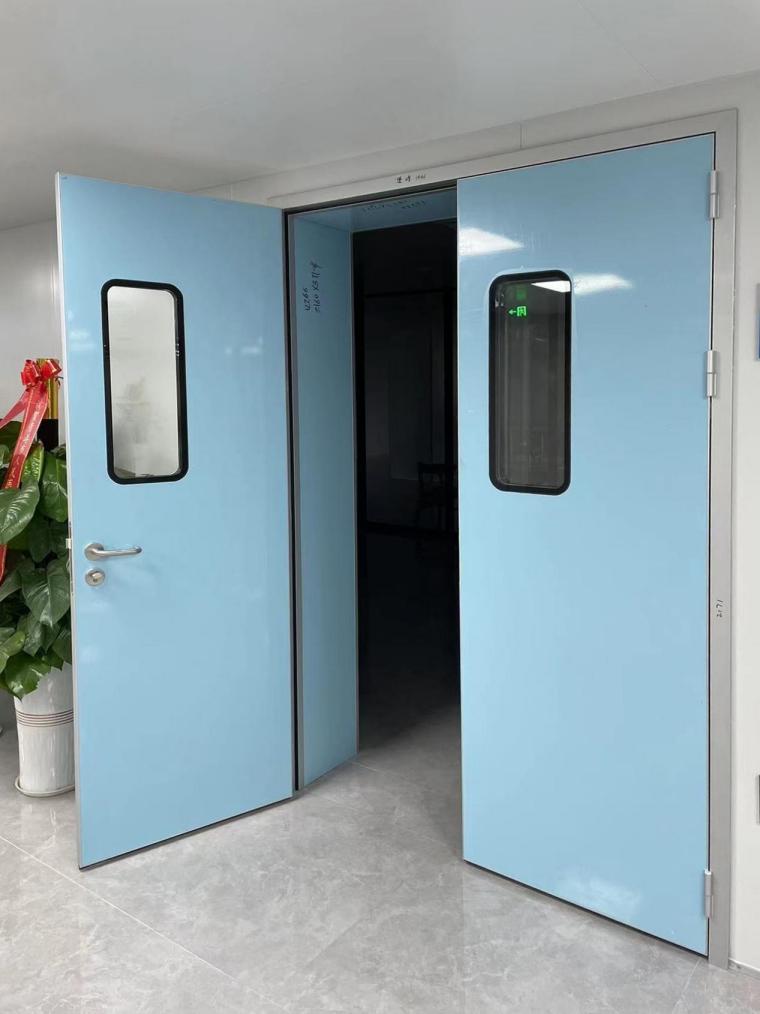 High-Quality Clean Room Double Door for Medical and Health
High-Quality Clean Room Double Door for Medical and Health

Guangzhou Yizhong Aluminum Industry Co., Ltd.
We are always providing our customers with reliable products and considerate services.
We are always providing our customers with reliable products and considerate services.











Speak Your Mind